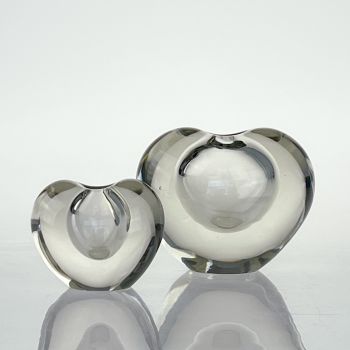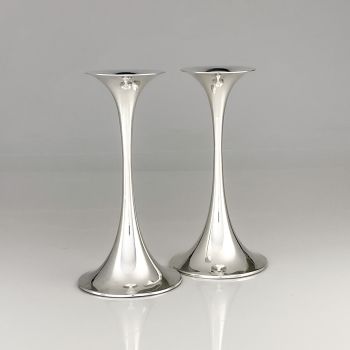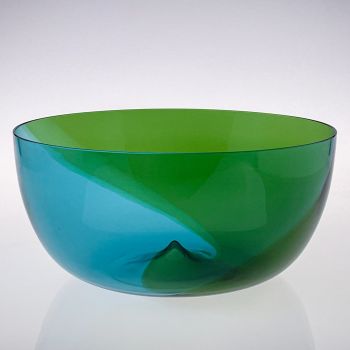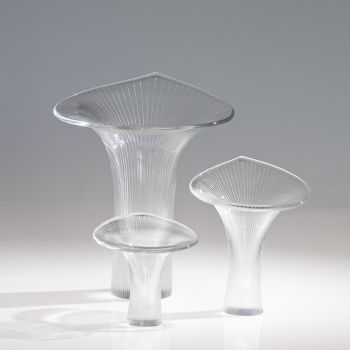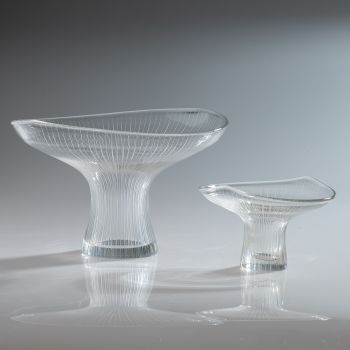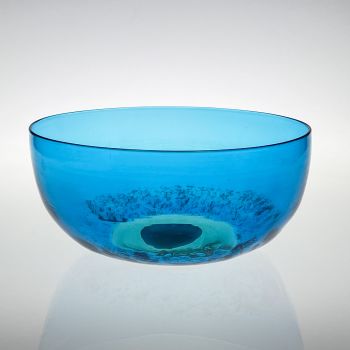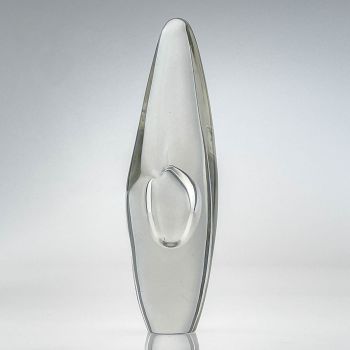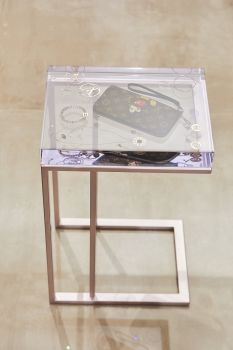About the artist
Hans Jørgensen Wegner was born on April 2 in 1914 in Tønder, Denmark (then Prussia, as part of the German Empire). Wegner was born to cobbler Peter Mathiesen Wegner and Nicoline Lausen. At an early age, Wegner showed interest in arts and crafts and could draw and create paper cuttings before he learned to walk. At home, Wegner was drawn to woodcarving and created wood sculptures based on Royal Copenhagen figurines he saw at the Tønder Museum.
He began his apprenticeship with Danish master cabinetmaker H. F. Stahlberg when he was just 14 years old. Later on, he moved to Copenhagen and attended the School of Arts and Crafts from 1936 to 1938 before setting out as a furniture designer. In 1938, Wegner was approached by architects and designers Arne Jacobsen and Erik Møller, and started designing furniture for the new Aarhus City Hall. During the same period, Wegner began collaborating with master cabinetmaker Johannes Hansen, who was a driving force in bringing new furniture design to the Danish public at the Copenhagen Cabinetmakers’ Guild Exhibitions.
The core of Wegner’s work is his focus on showing the inner soul of furniture pieces through a simple and functional exterior. Wegner’s background as a cabinetmaker gave him a deep understanding of how to integrate exacting joinery techniques with exquisite form. His aesthetic was also based on a deep respect for wood and its characteristics, and a vast curiosity about other natural materials that enabled him to bring an organic, natural softness to formalistic minimalism.
Wegner established his own design studio in 1943 and created a series of lightweight chairs for Carl Hansen & Søn from 1949 until 1968, including the Wishbone Chair, which has been in production at Carl Hansen & Søn ever since. Wegner is seen as one of the most renowned and creative Danish furniture designers. He was among the handful of Danish designers who were recognised in their own time as well. Accordingly, he received an incredible amount of design awards and honours, including the Lunning Prize in 1951, the Grand Prix of the Milan Triennale in 1951, the Royal Danish Academy of Fine Arts’ Eckersberg Medal in 1956, Sweden’s Prince Eugen Medal in 1961, the Danish Furniture Prize in 1980, the C. F. Hansen Medal in 1982, and the 8th International Design Award in 1997. He was made an Honorary Royal Designer for industry by the Royal Society of Arts in London in 1959, became an honorary member of the Royal Danish Academy of Fine Arts in 1995, and was awarded an honorary Doctorate by the Royal College of Art in 1997.
Almost all the world’s major design museums, from the Museum of Modern Art in New York and the Designmuseum Danmark in Copenhagen to Die Neue Sammlung in Munich, exhibit his works. Often referred to as the master of the chair, Wegner created almost 500 in his lifetime – many of them considered masterpieces. His iconic Wishbone Chair has been in continuous production since 1950. Wegner is most renowned for his “Papa Bear” (1950) and “Round” chair (1949) - simply as “The Chair” - which starred in the 1961 presidential debates between Nixon and Kennedy. Hans J. Wegner died in Denmark in January 2007, aged 92. ~H.



